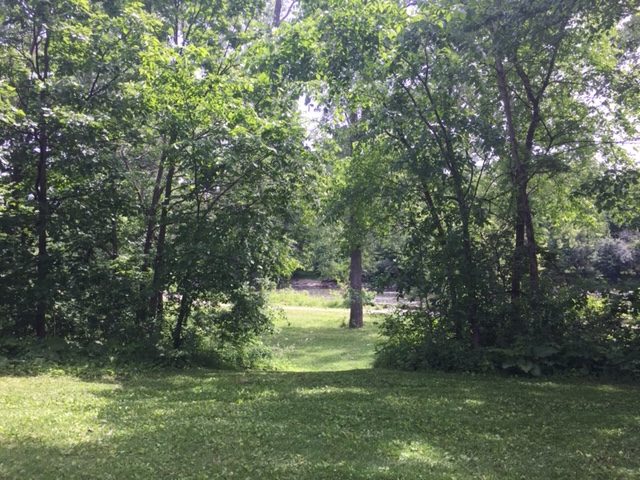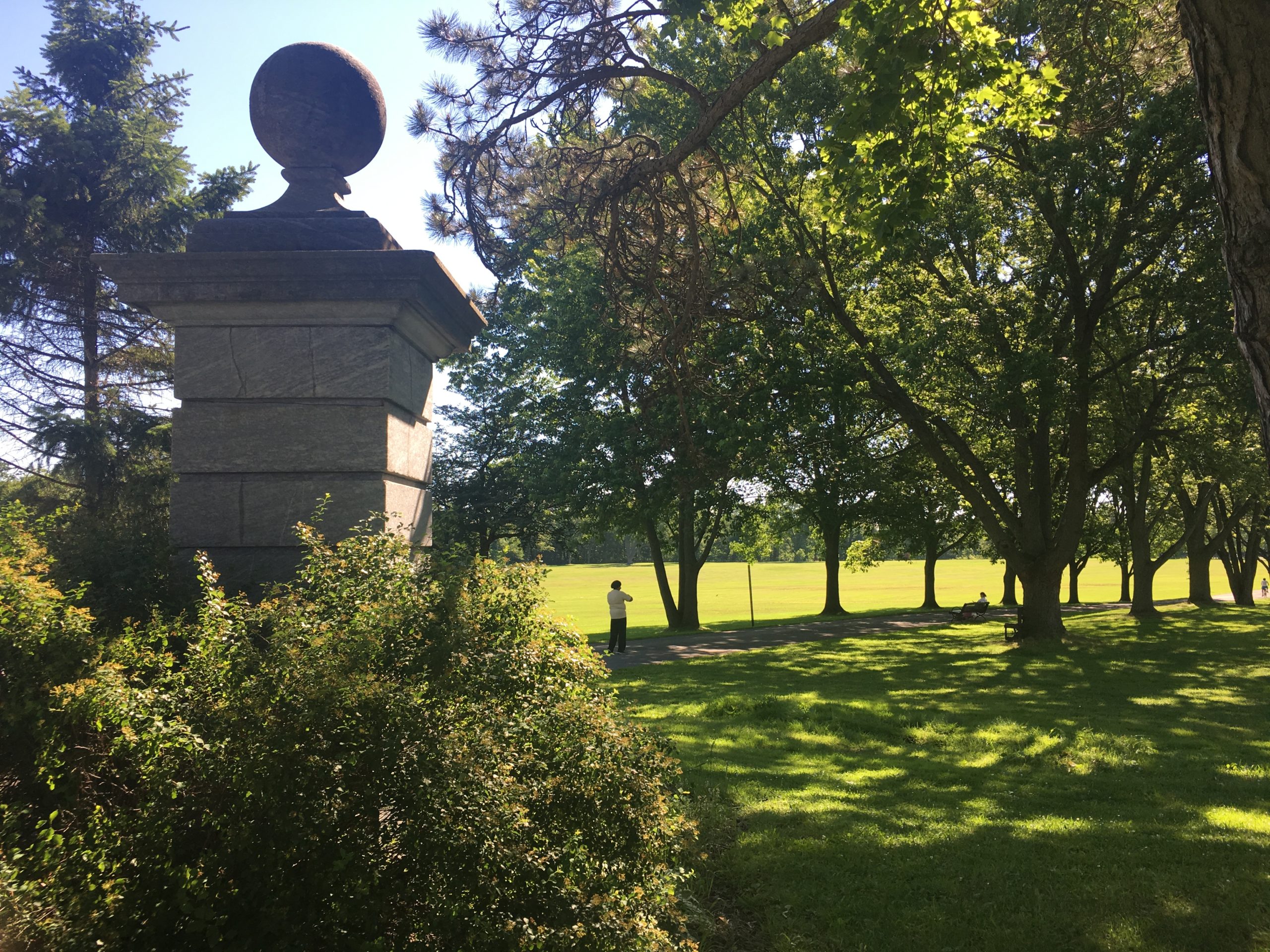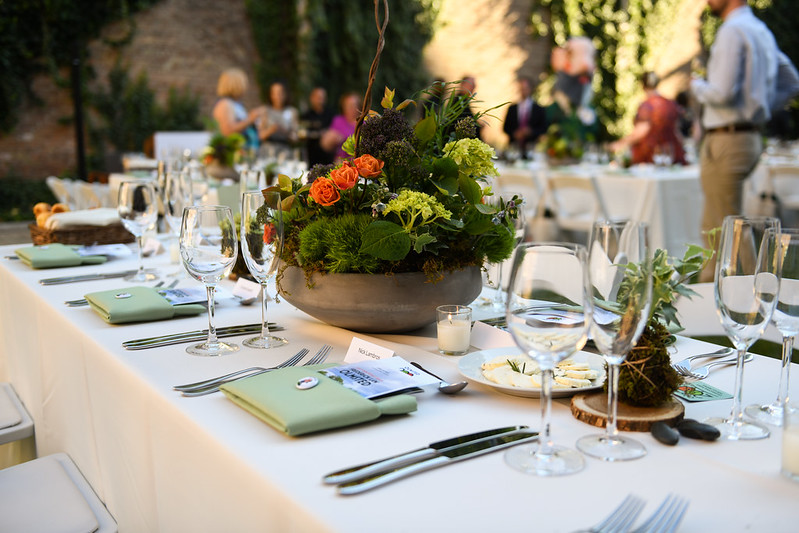
Have you ever drawn a deep breath amidst the splendor of Niagara Falls, Yosemite, or Central Park and thought how great it would be to actually live in an Olmsted-designed landscape?
Well, I did, and I do. I live in Frederick Law Olmsted’s designed suburb of Riverside, Illinois, surrounded daily by his genius that connects people and nature. It is indeed wonderful – in fact, many of us Riversiders exchange spontaneous smiles as we pass each other on the sidewalk. It’s an unspoken acknowledgement of how lucky we are to live here.
When my husband, Mike, and I moved here from Chicago’s north side some thirty-plus years ago, we were bright-eyed young professionals more concerned about airline schedules and spreadsheets than preservation and plants. Riverside’s charm could not be denied, however, and I began to research this guy Olmsted, and how all these natural views were by design.
At best casual gardeners, Mike and I began learning from Olmsted’s landscape and then went back and forth in time to study his predecessors and acolytes. Our career interests expanded from management consulting to, for me, horticultural history and for Mike, ecological stewardship. And, always, the daily immersion in this unlikely oasis on the outskirts of Chicago brought nature into focus.
With about 40% of the Village acreage devoted to public green space, we enjoy vistas of picturesque and pastoral in Pixar-like profusion. Fox, coyote, raccoons, deer, possum, woodchucks, beaver, and other critters frolic in our parks and forests. Birders enjoy the semi-annual migrations along the encircling Des Plaines River. Certified as both an Arboretum and an Audubon Important Bird Area, Riverside’s greenery refreshes the soul. The village roads unspool in leisurely curves, and glimpses of homes by William Le Baron Jenney, Louis Sullivan, Frank Lloyd Wright, and today’s modern architects are tastefully tucked behind trees.
Riverside’s location is improbable. Just ten or so miles west of Chicago, Riverside is now surrounded by high-density metropolitan sprawl. Major truck routes bracket Riverside, and a choker of strip malls girdles the main route to get here. Thanks, however, to Progressive Era luminaries Daniel Burnham, Jens Jensen and others, a complementary necklace of forest preserves links Riverside with other green spaces and offers habitat corridors to roaming wildlife.
It is great to live here, but it’s also a great responsibility. Since its inception, Riverside’s beauty and tranquility face challenges wrought by humans and nature. A National Historic Landmark District, the entire Village is open to the public. Funding, however, is dependent on resident and local commercial taxes. With a limited (2021) Forestry budget of about $200,000 and a single hard-working forester, landscape preservation is a continuing challenge.
Appropriate use of Riverside’s public spaces is frequently debated. From the outset, when Olmsted himself argued to deter the village’s main investor from building his house on the commons, green spaces can be threatened by inappropriate structures, plantings, and purpose. Yet, who is to decide? Olmsted left no planting plan, nor were there zoning laws in place. The latter has been fixed, but there are substantial gaps left to interpretation.
Throughout history, Riverside has benefitted from the preservation actions of individuals and groups. Pollution in the Des Plaines River, from the early 1900s to present day, is a multi-decade battle. Climate change poses new issues ranging from the ever-increasing toll of invasive plants to a proposed massive flood wall thought to combat increased flooding.
Still, Olmsted’s brilliance shines through: from the kaleidoscope of color in autumn, to wintry ice and snow, to bashful blossoms in spring, through lush greenery of summer.
Should Riverside be a living outdoor museum or should it adapt to today’s trials and tastes? Perhaps Olmsted’s own instructions for Central Park gardeners in 1872 apply: “No man is to use the discretion given him to secure pretty temporary effects at the expense of advantages for the future.”
Ms. Maloney is author of The Gardener’s Cottage in Riverside, IL. You can find out more and purchase the book here.











